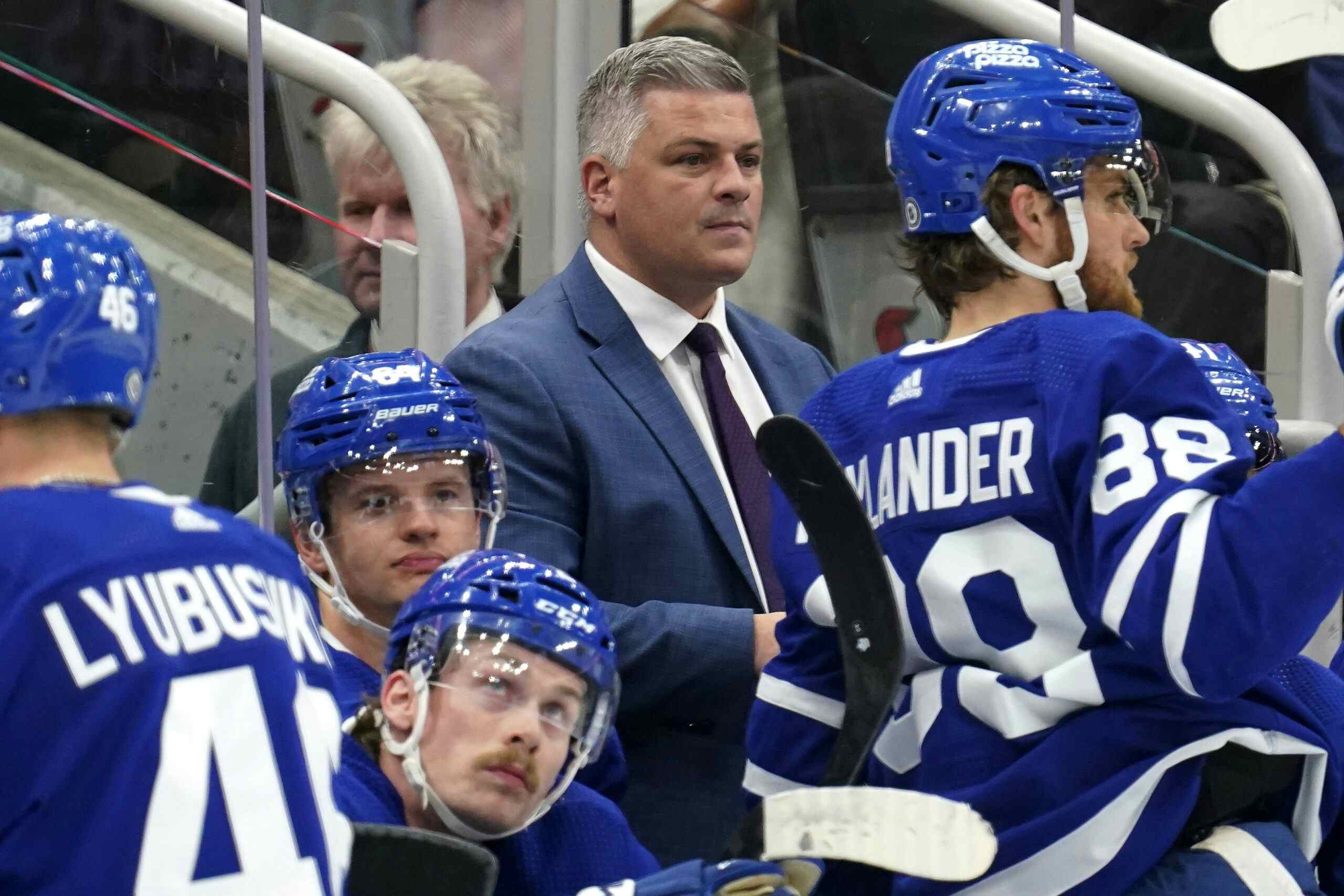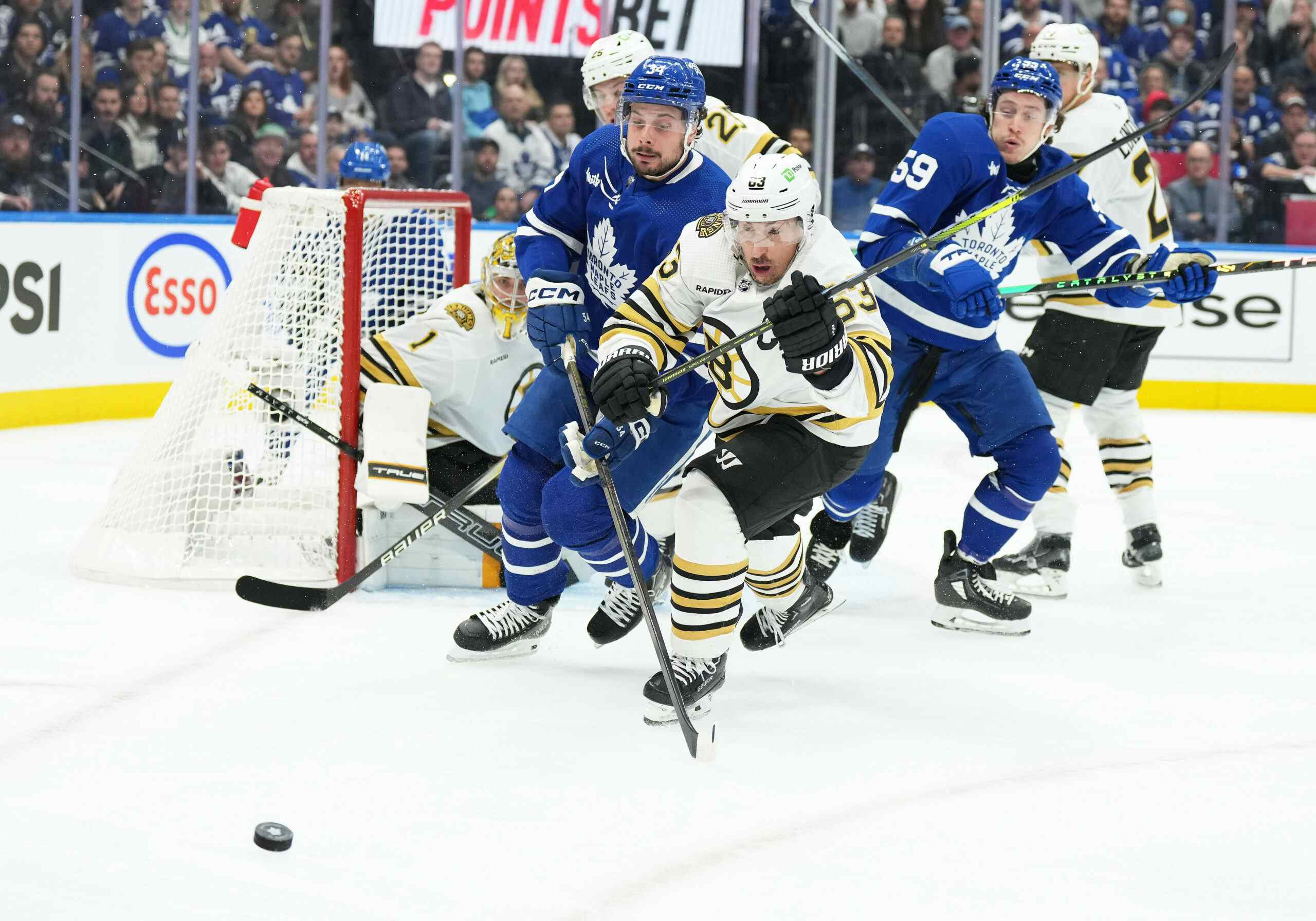Player types: The defensive liability
By Cam Charron
12 years ago
Earlier, I introduced on The Nations Network a new way of looking at a player’s plus/minus rating, specifically to do with on-ice shot differential, in an effort to learn more about teams and players.
This month, somewhat regularly, I will break down types of players and teams in an effort to localize player talents and figure out exactly what certain teams need. There’s definitely more to a hockey player than simply being “good” or “bad” and by how much, so today I will profile the defensive forward.
(Previous: The two-way forward, the defensive forward, the offensive liability and the no-way forward)
We move today into the higher event category for players. Remember, high-event players are the ones who drive and allow a lot of shots at both ends when they’re on the ice. In short, some of the most exciting players in hockey fit into these next two categories. The first we’ll deal with is the Defensive Liability.
As you can see from the chart, the defensive liability is a player who is in positive territory for shots taken, but his sub-par defensive play drags his overall score down to a minus. When you shell out money for a guy who will score you a lot of goals, you’re sometimes giving up some goals in the defending zone. This section will cover those players.

While minuses, the graph charts only shot differential via Fenwick events (all goals, shots and missed shots, rolled into one convenient +/- number with less noise than the traditional +/- number) and it doesn’t tribute potential variables, such as a strong shooting ability. Some players shoot the puck better than others, so there is a chance that the following players listed on the chart actually make up their goal total by taking quality shots. The inverse is not exactly true, as there is little evidence that shows defensive players have an ability to restrict quality shots when they’re on the ice, so we’ll give some of these players the benefit of the doubt and assume the only way they can go is up:
Here are the 15 names that best reflect the defensive liability from a pure shot differential model:
| NAME | TEAM | AdjFen | Events F | Events A | Type | Events T |
|---|---|---|---|---|---|---|
| Erik Cole | CAR | -1.39 | 0.80 | -2.13 | LD | 2.94 |
| Troy Bodie | CAR | -0.42 | 1.03 | -1.55 | LD | 2.60 |
| Phil Kessel | TOR | -1.30 | 0.50 | -1.75 | LD | 2.26 |
| Thomas Vanek | BUF | -0.52 | 0.79 | -1.33 | LD | 2.13 |
| Kyle Turris | PHX | -0.81 | 0.60 | -1.43 | LD | 2.04 |
| Mike Santorelli | FLA | -0.79 | 0.63 | -1.37 | LD | 2.02 |
| Jussi Jokinen | CAR | -0.19 | 0.87 | -1.08 | LD | 1.96 |
| Daniel Briere | PHI | -0.37 | 0.75 | -1.12 | LD | 1.88 |
| John Tavares | NYI | -1.15 | 0.40 | -1.45 | LD | 1.86 |
| Matt Moulson | NYI | -0.62 | 0.60 | -1.16 | LD | 1.77 |
| Taylor Pyatt | PHX | -0.04 | 0.85 | -0.80 | LD | 1.67 |
| Cory Stillman | CAR | -1.39 | 0.15 | -1.50 | LD | 1.66 |
| Rick Nash | CBJ | -0.15 | 0.74 | -0.90 | LD | 1.66 |
| Lee Stempniak | PHX | -0.17 | 0.70 | -0.90 | LD | 1.61 |
| Tuomo Ruutu | CAR | -0.74 | 0.36 | -1.14 | LD | 1.51 |
(Raw data downloaded from BehindTheNet.ca and adjusted in Excel.)
[ LEGEND: AdjFen Adjusted Fenwick number per 14.65 minutes Events F On-ice goals, shots and misses for above the league average Events A On-ice goals, shots and misses below the league average Type Player type Events T Unadjusted total number of events above or below the league average ]
Carolina was in the playoff race last year thanks to some pretty good goaltending from Cam Ward but otherwise were a pretty mediocre team possession-wise. They were also the third highest-event team in the NHL, so it’s not surprising to see some of their names here. Montreal is also a fairly high-shot team, so it will be interesting to see exactly how Erik Cole fits in that lineup.
Upon looking at this, my immediate reaction was “Who is Troy Bodie”? Bodie split time with the Ducks and the Hurricanes last season, playing 377 minutes against weak competition, but somehow his name popped up here. Teams took 31 shots per 60 minutes when he was on the ice. Go figure.
The other names are pretty recognizeable. Mike Santorelli is one of Florida’s young players that poolies are starting to take note of, and the Phoenix forwards you see spend a lot of time with Keith Yandle, who I would assume is one of the defensemen that best fits this description, and although I haven’t run the analysis for blueliners yet, I think it’s safe to say that he will look a lot worse this season playing in front of a goaltender who isn’t named Ilya Bryzgalov.
While their names aren’t on the list, this is the section of the graph where the Sedin twins popped up, players with low adjusted numbers due to their sheltered offensive zone minutes. When those two aren’t scoring, everybody seems to notice just how bad they are defensively, but it’s safe to say that their shooting and powerplay abilities move them well into the plus range. I’m assuming something similar for Phil Kessel, Daniel Briere, Rick Nash, John Tavares and Jeff Skinner, who crept up at #16 on the chart.
So next post, for the sixth installment, the penultimate post in the series before the conclusion (because hockey games are going to be played), we will look at the just-as-bad-defensively but a-little-bit-better-defensively-at-taking-shots Offensive Forward. That’s “scoring offensive”, not the “Daniel Carcillo-type offensive”.
Recent articles from Cam Charron





